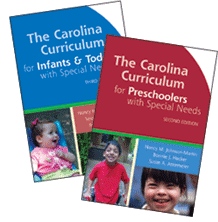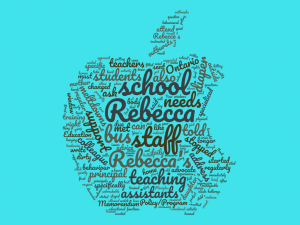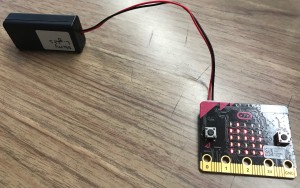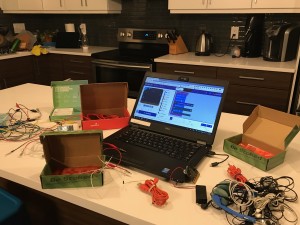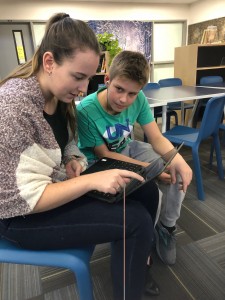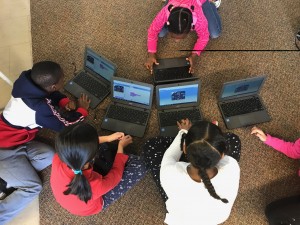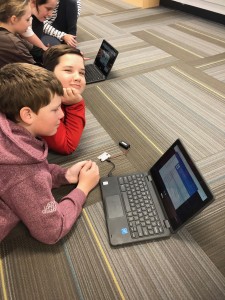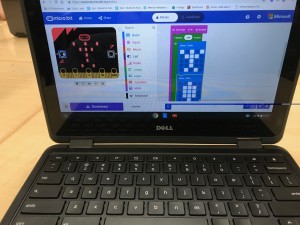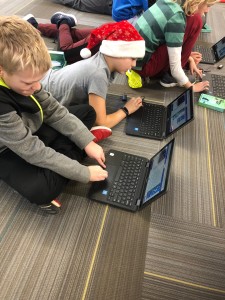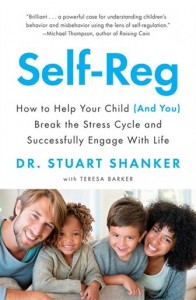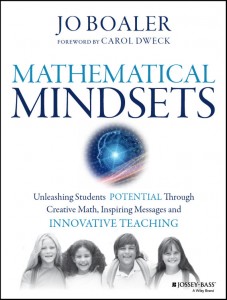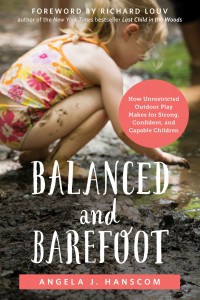Brrrr! If my teeth weren’t chattering so much I’d be able to truly describe how b-b-b-barbarically c-c-c-cold it is outside right n-n-n-now. Not surprisingly, with such brutally un-balmy temps comes some interesting behaviour at school. Perhaps it’s a function of daylight hours(or lack thereof) or our proximity to one another as we cocoon indoors(achoo), or maybe due to the fact that we are all putting on a few pounds(of extra clothing each day). Whatever the reason(s), my demeanour is in direct dispute with my daily sunny disposition due to a lack of warm temperatures and sunlight in my life.
All this to let you know, the winter blahs have arrived. Yes, I am aware that this is what we all expect and get for living in Canada. Times like this make us tougher as a people and that living in colder climates is statistically proven to increase life spans of inhabitants. For what, so we can suffer the cold longer?
Just because we are polite Canadians does not mean we can’t be miserable about the weather(dangerous drives, snow days, bus cancellations) once in a while as an act of national unity. So winter has officially slapped us all in the face with frosty windows and frigid temperatures I thought it would be a good time to talk about how we can overcome this recurring seasonal challenge that affects staff and students alike.
Recent dips in temperatures have necessitated some strategic planning on many schools supervision staff when it comes to bus duty before and after school. Snow pants, heavy duty boots, layers of clothes(including longjohns), toques, parkas, and mittens all called in for active service when the sleet, ice, blizzards, and wind chills come.
There’s a Norwegian saying, “There is no such thing as bad weather, only bad clothes”. Recently, on a particularly cold morning I could feel my eye sockets freezing and I was angry for second guessing the decision not to bring ski goggles to school for bus duty because everything else was comfy and warm.
The cold weather also means that students have not been outside for much needed fresh air. This can compound itself in a number of behaviour issues especially when they are limited to quiet indoor games within the confines of classrooms. On occasion, I have seen the gyms at my old schools opened up for the JK/SK students who are able to work out a few wiggles, but this space can only safely accomodate so many students at once. Often it falls on teachers to up the amount of DPA on days like this to get the heart rates and minds going. Go Noodle is a great way to get everyone moving.
For the older students, staying inside is like a windfall because many in the Junior/Intermediate Divisions are happy to avoid going outside. It’s not so bad if it happens infrequently, however it becomes an issue when students are unable to understand the advantages of a break and some fresh air.
All of this time indoors takes its toll on the mood of a building. It’s as if the cold challenges us to use all of our energy to keep our emotional well-being fires burning. Here are some sure fire ways to keep mind and body stoked while making sure behaviour doesn’t burn out of control;
1. Have students be part of the decision making process well in advance of rough winter days. Let them create the standards and expectations for class behaviour and activities. They are usually more strict than you and more likely to adhere to rules they had a voice in creating.
2. Be patient. When everyone is cold and tired before the day even starts it is best to take things slowly.
3. Increase movement breaks in every class. Consider building active learning into instruction such as milling to music, yoga, counting in French while doing jumping jacks or vertical Math. Worksheets are not an option.
4. Consider Genius Hour or other ways to incorporate technology, inquiry, and presentation skills. I usually schedule this for Mondays so that students have another reason to look forward to coming to school to start the week.
5. Take time to check in and talk with students/staff. A simple smile and hello and conversation goes a long way. Sometimes a little recognition is all it takes.
All of the above have made whole-school life better for me and students when the winter blahs hit. What is working for you? Please take the time to share in the comments section. Thank you for reading. Keep the fires burning.

 Chapter 2 ends with classroom set-up. As many of you know, I was a passionate advocate of flexible seating in the classroom. Years ago, my students worked on a Math project where they re-designed our classroom while taking into consideration their learning needs. They measured the classroom and petitioned our Principal for some money for items they thought would better meet their learning needs. Some wanted standing tables while other wanted opportunities to sit on the floor. We created a learning environment that worked best for us and the autonomy and increased levels of ownership in the classroom were an indication that students felt as thought the classroom was their space. Now I know that we were lucky in that we were given some money to redesign but since leaving that school, I learned 2 important lessons: where possible, let students design the space so they feel that sense of ownership in the space and be intentional about what you chose to include in your classroom space. This picture of our space looks quite full and I would have to say that every item spoke to who we were as a group. On pages 25 to 30, I love that each of the classroom learning spaces are different and yet the amazing educators can speak to the differences that they have included in their classrooms with intentionality. I just started feeling a little nostalgic about designing learning spaces!
Chapter 2 ends with classroom set-up. As many of you know, I was a passionate advocate of flexible seating in the classroom. Years ago, my students worked on a Math project where they re-designed our classroom while taking into consideration their learning needs. They measured the classroom and petitioned our Principal for some money for items they thought would better meet their learning needs. Some wanted standing tables while other wanted opportunities to sit on the floor. We created a learning environment that worked best for us and the autonomy and increased levels of ownership in the classroom were an indication that students felt as thought the classroom was their space. Now I know that we were lucky in that we were given some money to redesign but since leaving that school, I learned 2 important lessons: where possible, let students design the space so they feel that sense of ownership in the space and be intentional about what you chose to include in your classroom space. This picture of our space looks quite full and I would have to say that every item spoke to who we were as a group. On pages 25 to 30, I love that each of the classroom learning spaces are different and yet the amazing educators can speak to the differences that they have included in their classrooms with intentionality. I just started feeling a little nostalgic about designing learning spaces!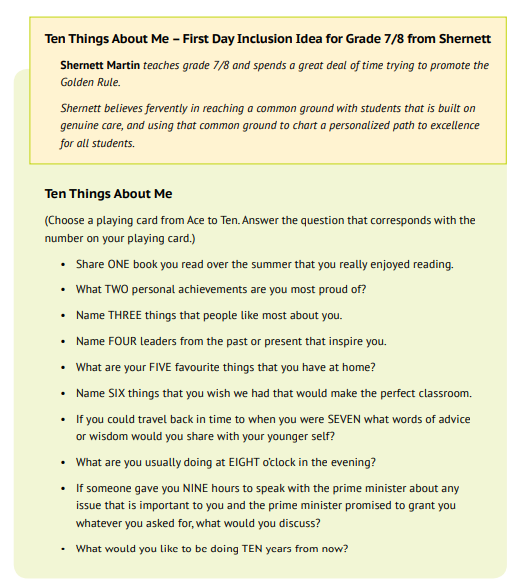 Ideas
Ideas

